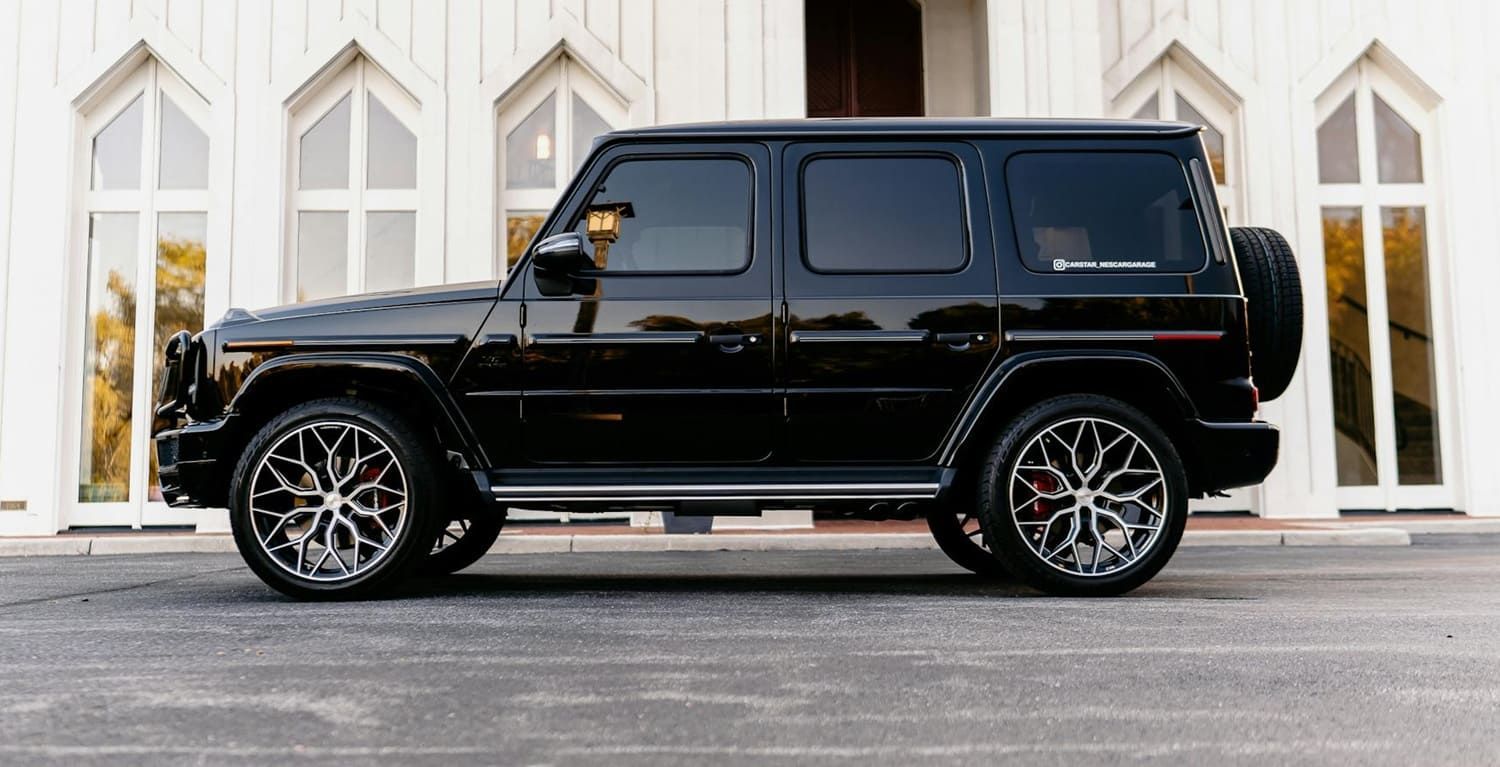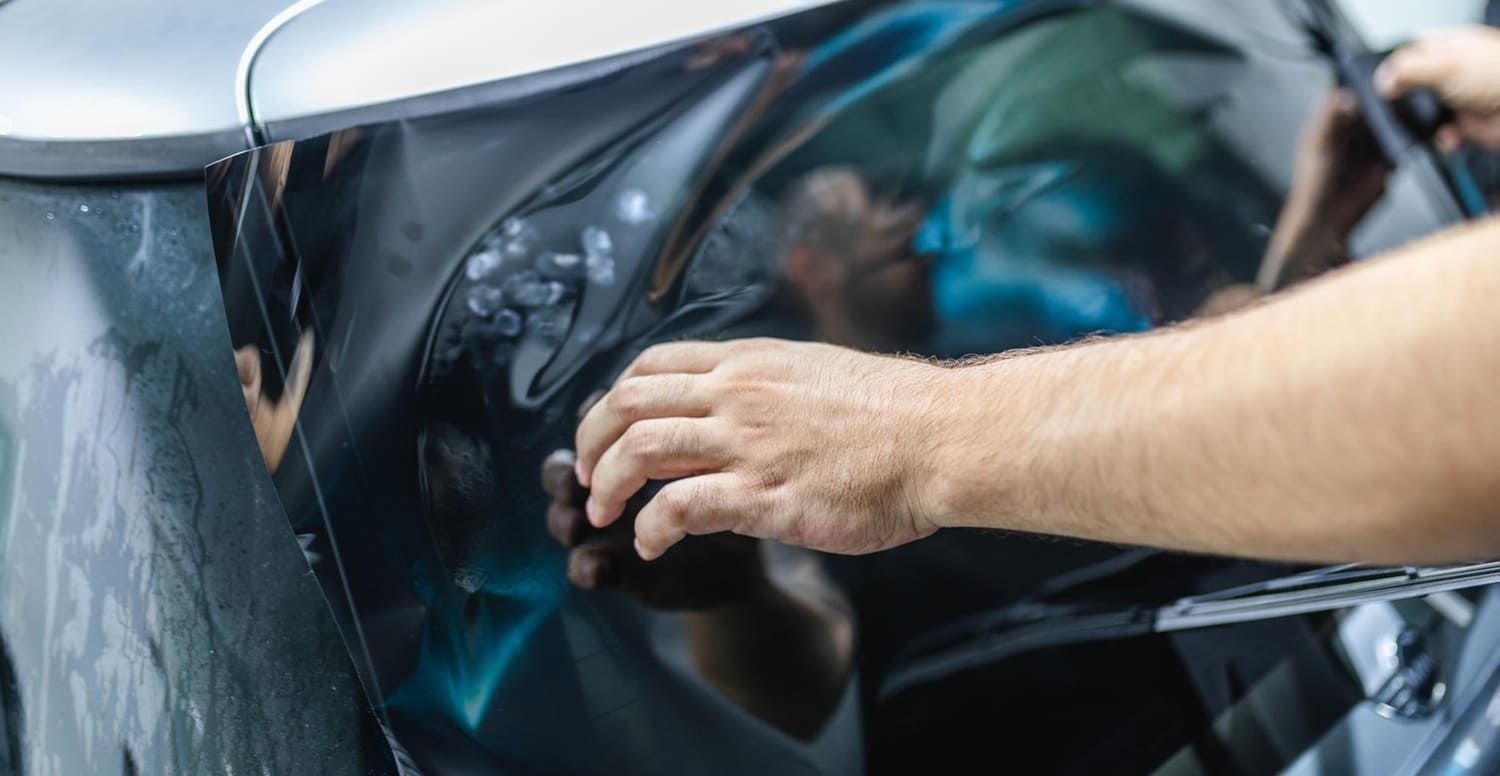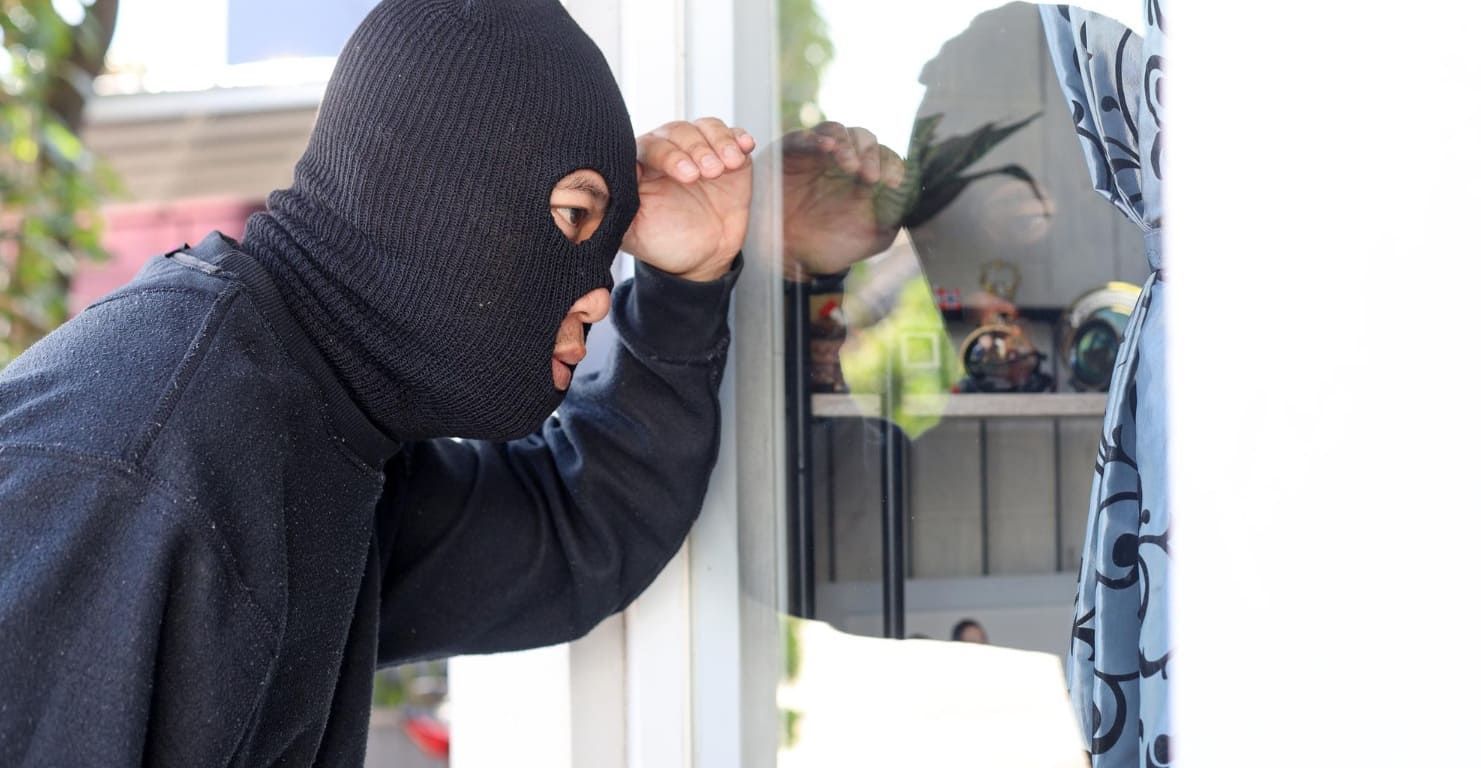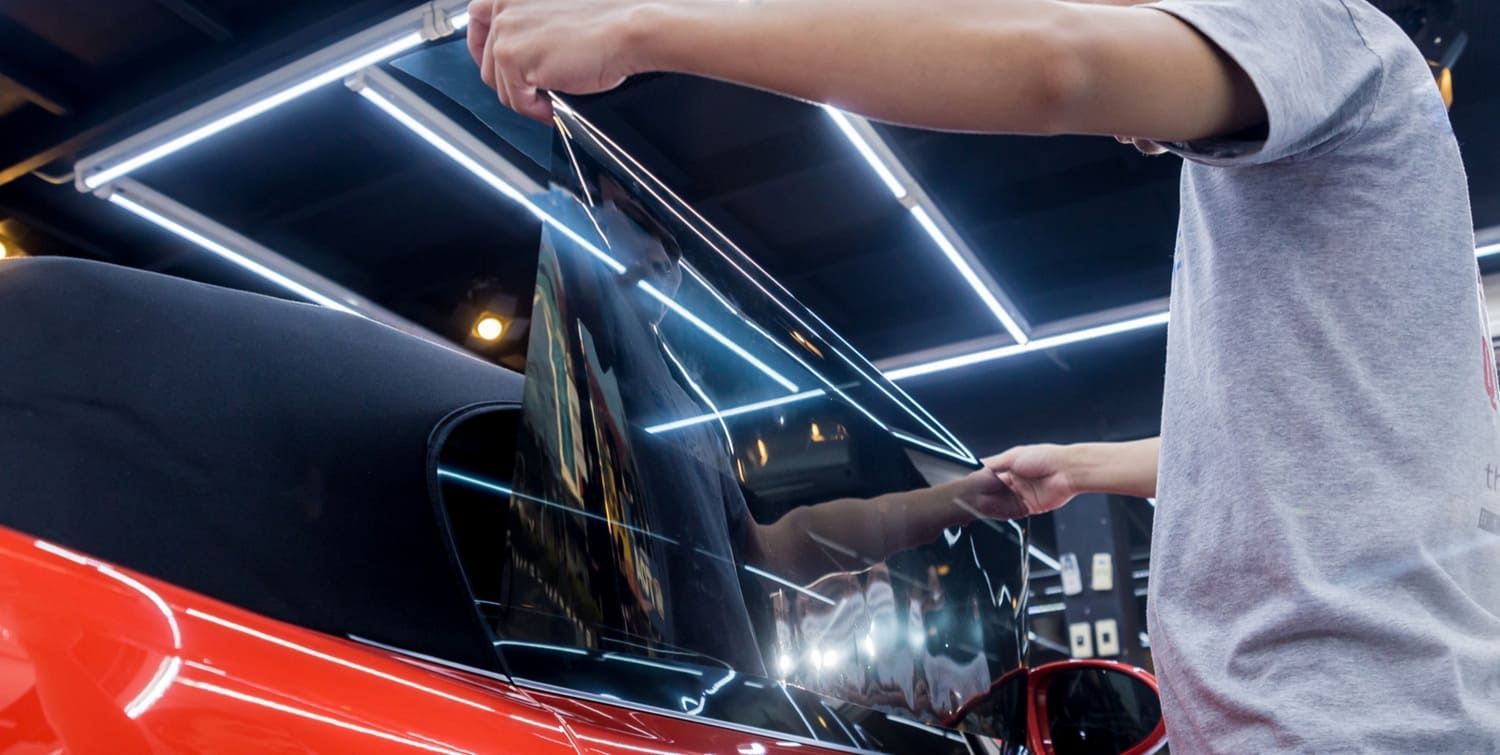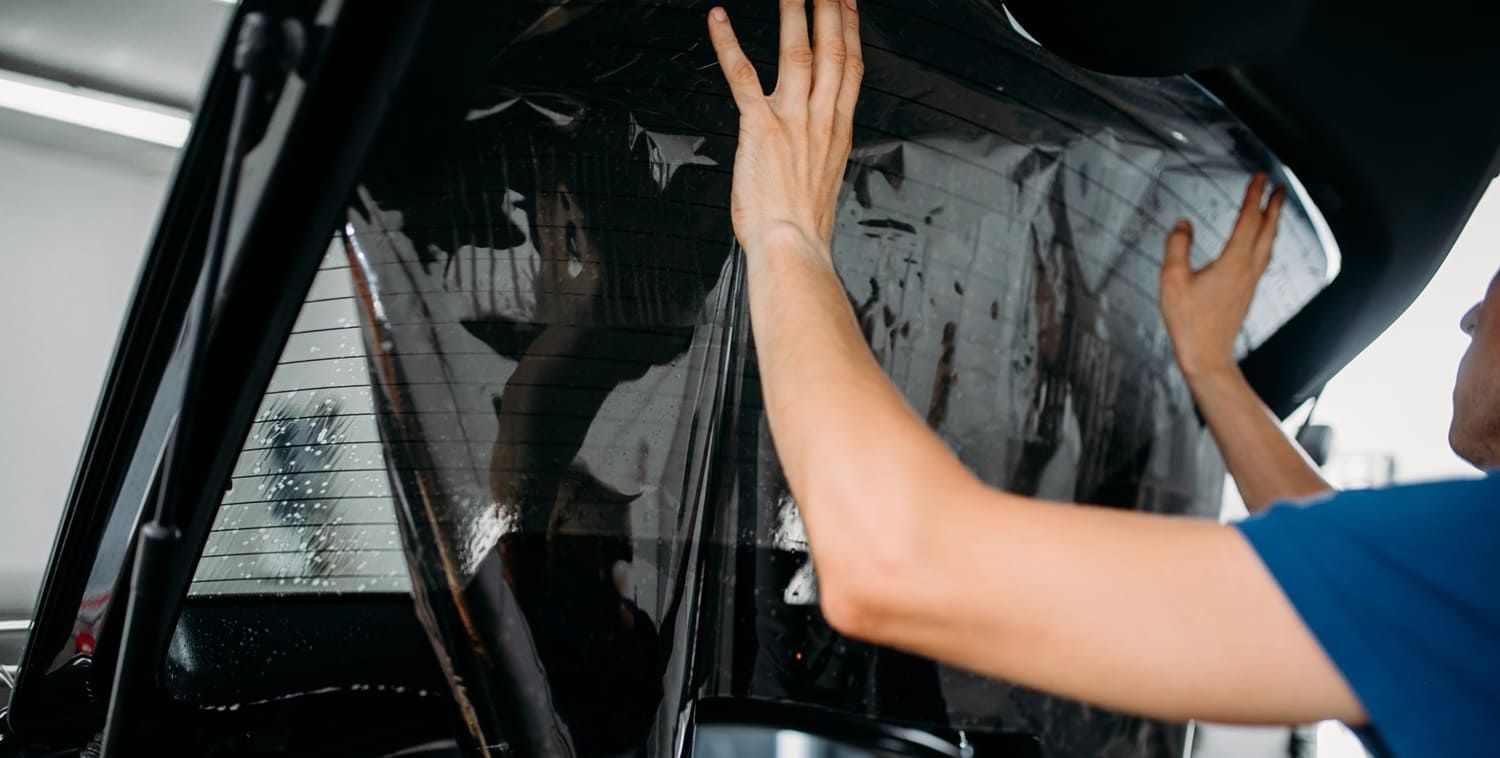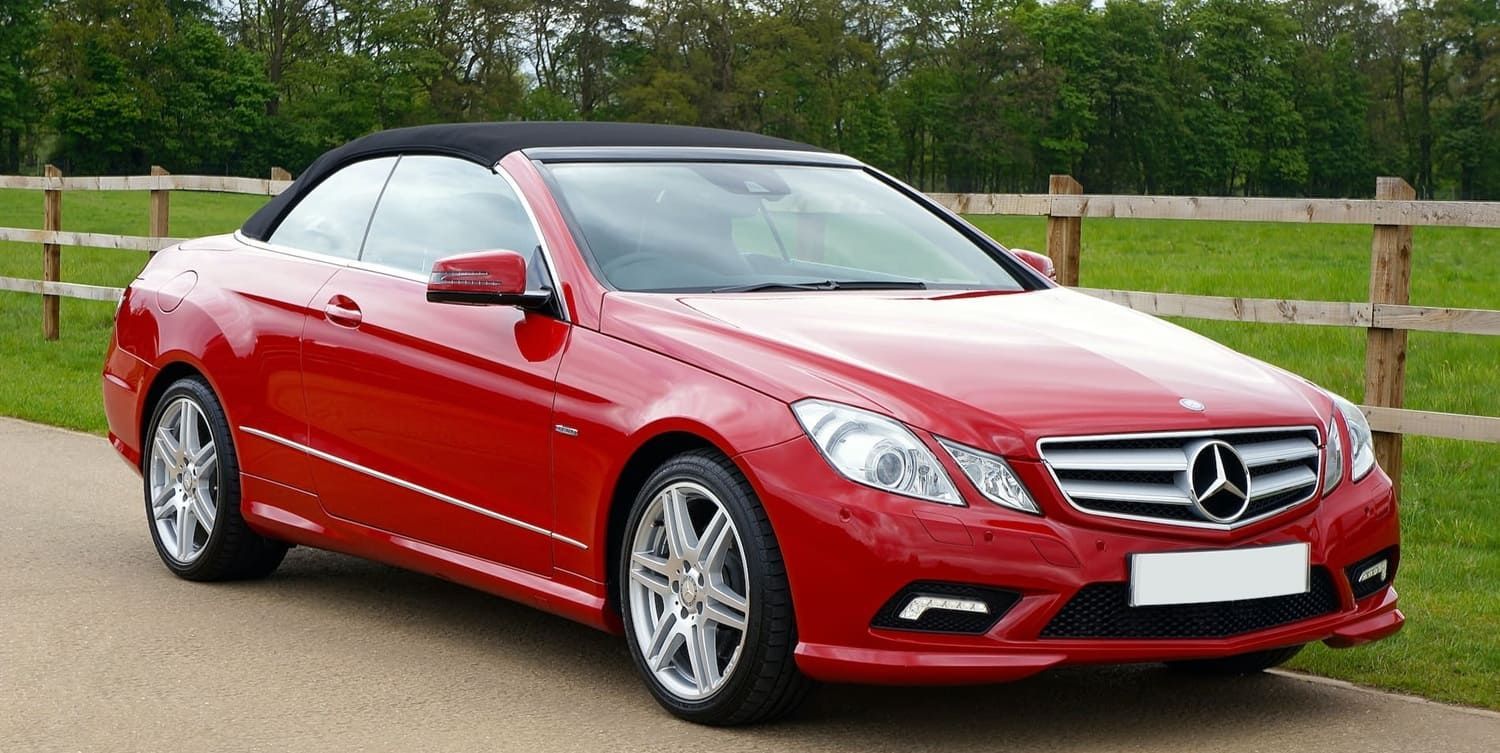5 DIY Car Window Tinting Mistakes to Avoid
Applying a DIY car window tint may seem like a cost-effective way to protect your car's windows and interiors, but is a recipe for disaster.
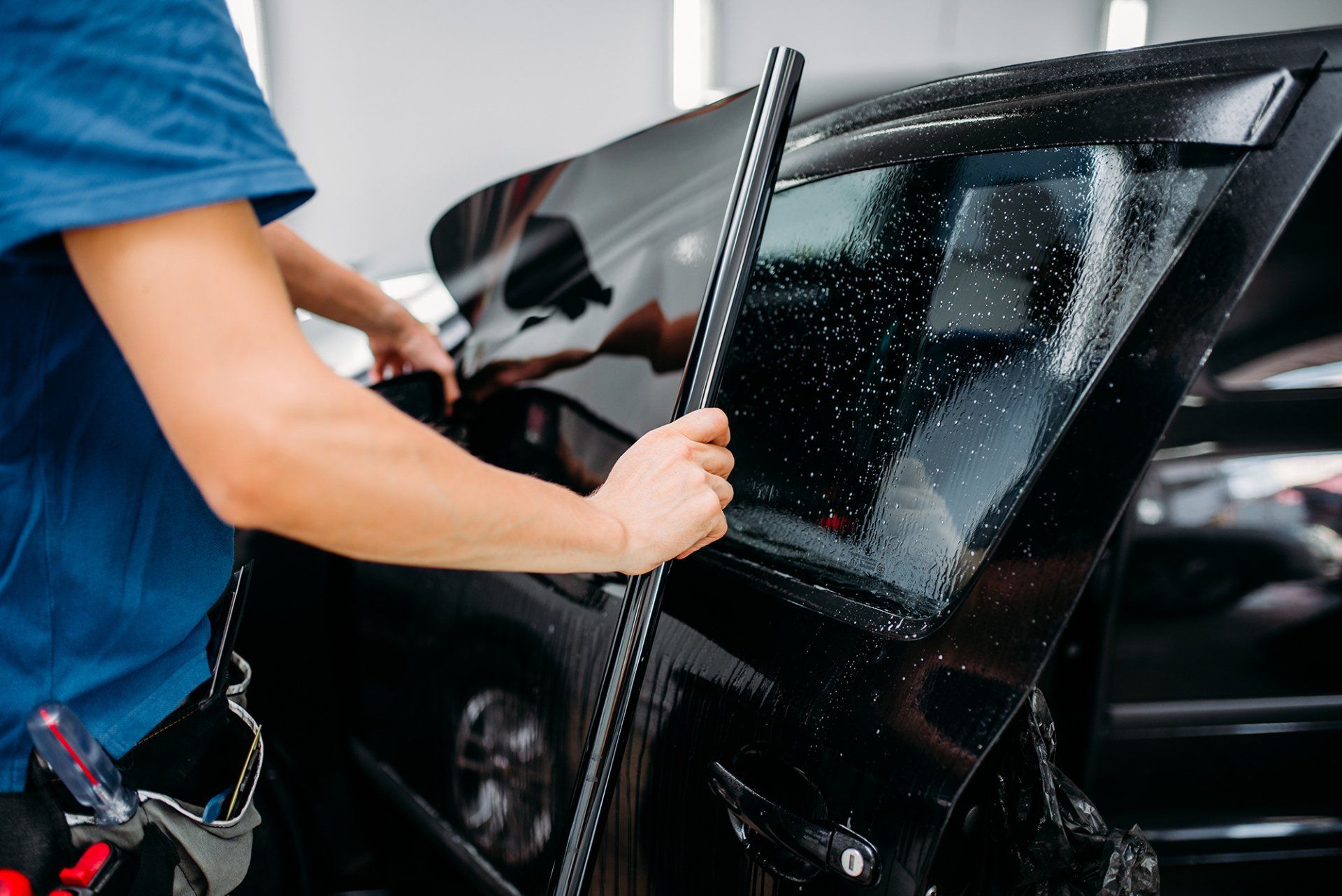
Did you know that there were approximately 1.45 billion vehicles worldwide by the first quarter of 2022?
A significant portion of these vehicles has car tints. Whether to keep the heat out during the summer, trap heat in during the winter, or for privacy reasons, car tints have several benefits.
Some car tint types include hybrid, metalized, dyed, and carbon window tints. Most people opt to use a DIY car window tint since it's cost-effective, and you don't need to hire professional help.
However, applying DIY window tinting can be difficult without the right skills. A specific way to apply tints ensures it lasts long and doesn't peel off easily.
This article discusses five DIY car window tint mistakes you should avoid.
1. Leaving Noticeable Gaps or Uneven Lines
To effectively apply a window tint, you need to ensure the edges of your tint are as smooth as possible. A seamless finish not only gives your window an attractive look but also prevents peeling.
Most people who opt to install window tints choose to do so to control the amount of light getting into the car. However, if you leave gaps during the application, then the tint will be ineffective.
Ensure you cover your whole window with the tint and in an aligned pattern to avoid gaps and lines affecting your visibility. Gaps also alter heat transfer since an unregulated amount of heat may get in the car through these gaps.
Leaving gaps or uneven lines is an added expense since you will need to peel off the entire tint and start afresh.
2. Using the Wrong Tint Type
When choosing the most suitable tint for your car's windows, you should consider heat transfer. Without knowledge of how the heat outside affects the tint you decide to use on your car, it's easy to have heat transfer problems.
The wrong tint makes the car stuffy or even colder than before tinting. Tints significantly affect how heat from the outside world transfers to your car.
You must research to find out what tint type will maintain or reduce the heat levels in your car. This entirely depends on the reason you are doing it in the first place.
Tints keep your car cool while on the road, reducing the air conditioning and fuel you use. Using the wrong tint will eventually need you to replace it, which is time-consuming and expensive since you'll be spending twice.
3. Ineffective Removal of Sticky Defective Tints
It's inevitable to have a sticky residue left behind after accurately applying a DIY car window tint. This sticky residue could indicate that you've completed the application successfully.
Without the right skill set, removing this residue could be a frustrating experience that could lead to damage. Ensure you use an upholstery steamer or a hand-held cloth to remove it.
Use the steamer to blow on the residue while you peel it off with a cutter of your choice or a razor blade. You can then wipe off the window using a clean cloth.
This ensures no residue, scratches, or dullness on your windows after tinting.
4. Using Poor Quality Materials
Before you do a DIY window tinting exercise, it's essential to find the best materials and how to use them. Several materials are used to tint car windows, and as a non-professional, it's easy for you to pick the wrong ones.
Poor quality materials, especially adhesives, leave your tint peeling off just a few days after you do the job.
A peeling tint is normal if it has lasted a few years, but if it happens no sooner than you've applied it, you've either used the wrong materials or applied it on a wet window.
Some of the materials you should use include carbon and ceramic. This is because they prevent solar heat from getting into your car and fading.
The application of some materials also differs. Therefore, you must ensure you apply the suitable material correctly. You can consult a pro to direct you on the right method and material.
5. Choosing the Wrong Window Tint Percentage
A common concern for people that want to apply window tints is the visibility once the application is done. After all, no one wants a blurry, dark window you can't see through.
Tint darkness is measured using the Visible Light Transmission (VLT) percentage. The higher the VLT percentage, the lighter the tint.
Depending on what you need as well as the state you are in, there are several aspects you should consider before choosing a percentage. Every state has regulations on how dark your window tint should be.
When getting a window tint, you want it to serve a specific purpose. Whether it's to improve your car's appearance or for privacy reasons, the tint percentage plays a huge role in achieving this.
You ought to view samples of the different percentages available to determine which one is best suited for your car.
DIY Car Window Tinting Mistakes to Avoid
There are several reasons you would opt to get window tints for your car. It may be to regulate the heat levels and privacy or to improve your car's general appearance.
Many people choose to use a DIY car window tint since it's relatively cheap and doesn't require you to hire any professionals. However, there are several common mistakes that people make, which in turn lead to an ineffective tint or severe window damage.
Choosing to DIY may also not be a cheap option since once you've made a serious mistake, you'll have to get someone to repair it. This is an added expense, and it's advisable to go for expert help from the beginning.
Reach out to Applied Film Technology and Contact us today for window tinting products and services in Virginia Beach and its environs.



